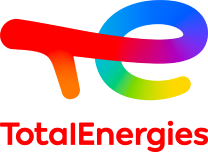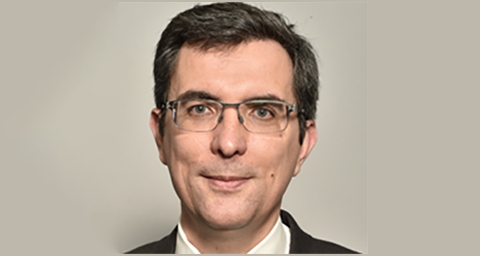03/26/2018
Active in research and development on carbon capture, storage and utilization (CCUS) technologies, Total will help develop a prototype plant that will capture virtually all CO2 and use it to produce electricity and steam.
Total pioneered this field with its pilot plant in Lacq, southwestern France and is a partner in several CCUS research projects. In October 2017, we teamed up with Equinor (formerly Statoil) and Shell to develop the Northern Lights project in Norway, which aims to capture 35 million tons of CO2 over 25 years and scale up the technology for industrial use. On February 15, Patrick Pouyanné traveled to Norway, making an appeal alongside the CEOs of our two partners for financial support from Norway’s public institutions. “It’s more complex to convince people in the street that it’s nice, because it’s not green,” he told the media. “Taking CO2 to put it in storage seems to be sort of a waste bin, you know. But no, we need to master this technology. It’s important for the world,” he stressed.
This is the background to Total’s involvement in the Chinese-European Emission-Reducing Solutions, or CHEERS, project to develop a plant that will capture virtually all CO2 and use it to produce electricity and steam. In other words, electricity that is practically carbon-neutral.
David Nevicato, Corporate R&D explains how it works.




